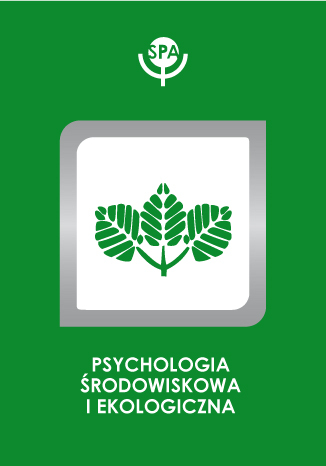Podmiotowe i środowiskowe czynniki utrudniające efektywną regulację stymulacji

Andrzej Eliasz
DOI:
Rocznik: 1995 Tom: 1 Numer: 3
Strony: 129-141
This paper discusses data showing overcarefulness of highly reactive persons in social relationships. Overcarefulness is expressed in cognitive oversensitivity to social stimuli, disturbed dynamics of nonverbal communication, and the tendency to focus on social stimuli in threatening situations even when they are not really dangerous. Overcarefulness causes either ignoring or diminishing meaning of physical stimuli which disturb the stimulation control Then overcarefulness in social contacts typical of high-reactives is, therefore, destructive. It is a subjective source of disturbances in regulation of stimulation. Oversensitivity to social stimuli may be exploited by social environment. The high-reactive persons cannot oppose social pressure even when it forces them to behave contrarily to their capacities. A relatively permanent pressureshapes mechanisms of personality that are not consistent with person's capacities. This internal "trouble spot" results from external factors forcing a person to activity which exceeds his/her capacities. Negative consequences for emotional and physical health as a result of this inconsistency were observed. Another "trouble spot" is the internal structure of mechanisms of personality incorporated against a parson's character. Type A high-reactives are overloaded not only with typical Type A task motives and control motives but also ipsocentric motives which very often are not fulfilled in such persona. This process may become a source of additional stimuli in interpersonal conflicts.









 Pobierz pełny tekst
Pobierz pełny tekst



